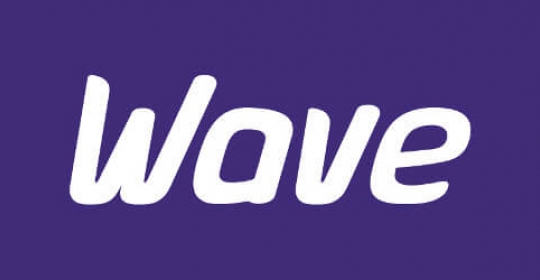Applications, too, rose in that final week to +96%. The government’s announcement of the roadmap to ease lockdown, combined with the continuing swift and efficient rollout of the vaccination programme, has clearly had a huge impact on business confidence, with organisations small and large putting into motion their own steps to recovery.
With a clear plan in place, every industry now knows where they stand and can make necessary preparations. Even sectors such as Travel, Events and Night Time Entertainment that still have to wait at least 3-4 months to open again now have a provisional date to work towards. It has been a long time coming and has breathed life and hope into industries that have effectively lain dormant for a year, as well as those which have had to open and close with little warning since the first lockdown.
As always, rates of recovery, skills shortages and levels of demand are sector specific. Public Sector posted the most jobs and received the highest percentage of applications for the second consecutive month. In fact, the sector has increased its share of both jobs and applications, proving that it is by far the most in-demand industry in the market. As an industry which includes a huge number of front-line, essential workers, this is perhaps unsurprising.
IT & Internet has also increased its share of jobs posted from January, climbing from 16% to 19%. Health & Nursing, Property and Education complete the top five for applications and jobs - all industries that have found themselves overstretched as a direct result of the pandemic, either because of changing market conditions or due to having to tackle problems arising from the virus. All bar one have equally high percentages of applications, indicating that demand is being met. Only Health & Nursing is experiencing low numbers of applications - with an average of just 6 applications per job, 10 fewer than the job market average, Health & Nursing is clearly experiencing a sharp skills shortage.
Engineering once again finds itself amongst the industries receiving the highest numbers of applications but without a corresponding level of job posts - not good news for candidates looking for a job in Engineering or recruiters trying to place their talent with the right opportunities. As an industry, Engineering is still largely in a holding position, with many projects postponed or cancelled.
Finance is incredibly in demand, receiving the highest average number of applications per job across all industries. An average of 77 applications per job, compared to the average of 16 per job, is a strong indication that Finance sector jobs are highly in demand and competition is stiff amongst candidates. Recruitment Sales saw similar figures - 77 applications per job, which makes it hard for recruitment candidates going through what is already a tough time.
One change from January is the day that most jobs were posted - Thursday rather than Friday. However, the day most applications are received remains unchanged; Tuesday - a full five days from the day most jobs are posted. If recruiters want to catch candidates when they are actively searching for jobs, they must post those jobs at the beginning of the working week.
With the vaccine rollout occurring at a rate no-one predicted and the roadmap to recovery published, the hope and optimism for the (near) future is palpable. As we approach the anniversary of the start of the first lockdown, we can now see an end. Steps are in place to fully re-open the economy and a bounce back once restrictions are lifted seems increasingly likely. The strong end to February is indicative of a confidence not seen for many, many months and that can only be a good thing for the job market.







